One of the most important considerations any photographer makes is determining compositional lines in images they create. In this short article, I will be discussing how various elements can become leading lines and add to the visual flow of your images.

NIKON 1 V2 + 6.7-13.0 mm f/3.5-5.6 @ ISO 160, 1/60, f/5.6[/caption]
Leading lines often enter from the bottom left or right corner of an image, or from across the bottom of it. A good leading line provides a sense of flow and balance to an image and draws the viewer in almost like a magnet.

NIKON 1 V2 + 6.7-13.0 mm f/3.5-5.6 @ ISO 400, 1/400, f/5.6[/caption]
Both natural and man-made elements can serve as leading lines. The paving stones in the image above create a very strong leading line, making the image feel deeper. You’ll notice that the adjacent paving stones are running perpendicular to it which sets up some visual ‘opposition’ in the image. This further accentuates the leading line.

NIKON 1 V2 + 6.7-13.0 mm f/3.5-5.6 @ ISO 160, 1/160, f/5.6[/caption]
At other times you can position a leading line from a top corner as in the image above. The high contrast between the spines of the umbrella and the light fabric help to create a very strong leading line even though its physical width is quite narrow.

NIKON D800 + 24.0-85.0 mm f/3.5-4.5 @ ISO 1600, 1/40, f/8.0[/caption]
Even in busy images containing a lot of detail a leading line can still be created, like this moss covered branch entering the image from the top right corner. Sometimes the main subject of a photograph and its leading line are one in the same.

NIKON D800 + 24.0-85.0 mm f/3.5-4.5 @ ISO 800, 1/3200, f/8.0[/caption]
At other times you may find a pattern in nature where a series of lines are converging and that pattern can serve as a very different type of leading line to draw viewers in.
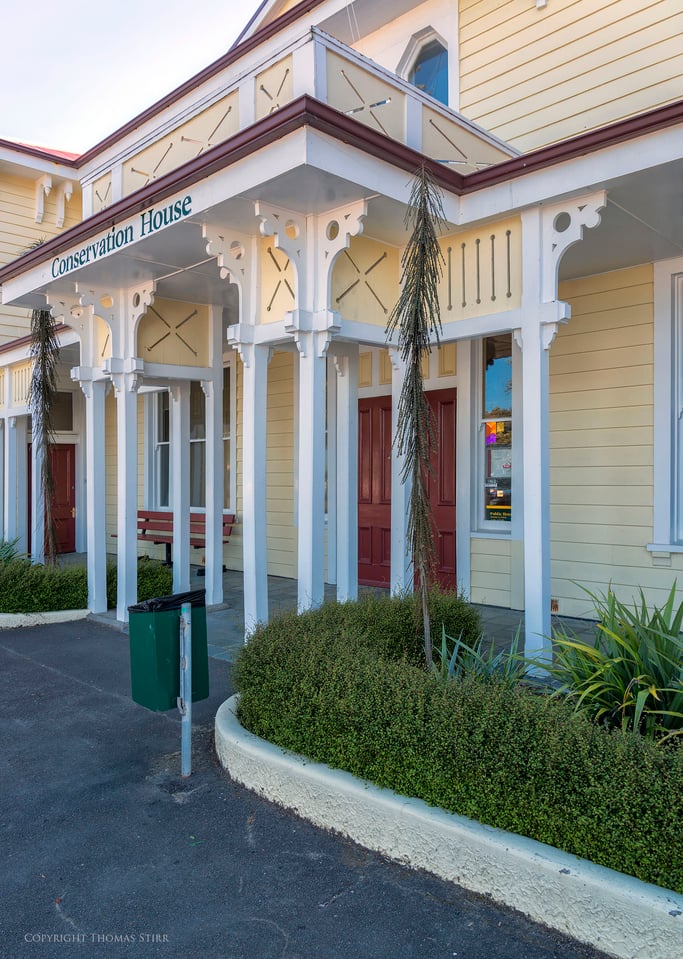
NIKON D800 + 24.0-85.0 mm f/3.5-4.5 @ ISO 100, 1/30, f/8.0[/caption]
Man-made structures and the streets and sidewalks adjacent to them can often provide strong leading lines.
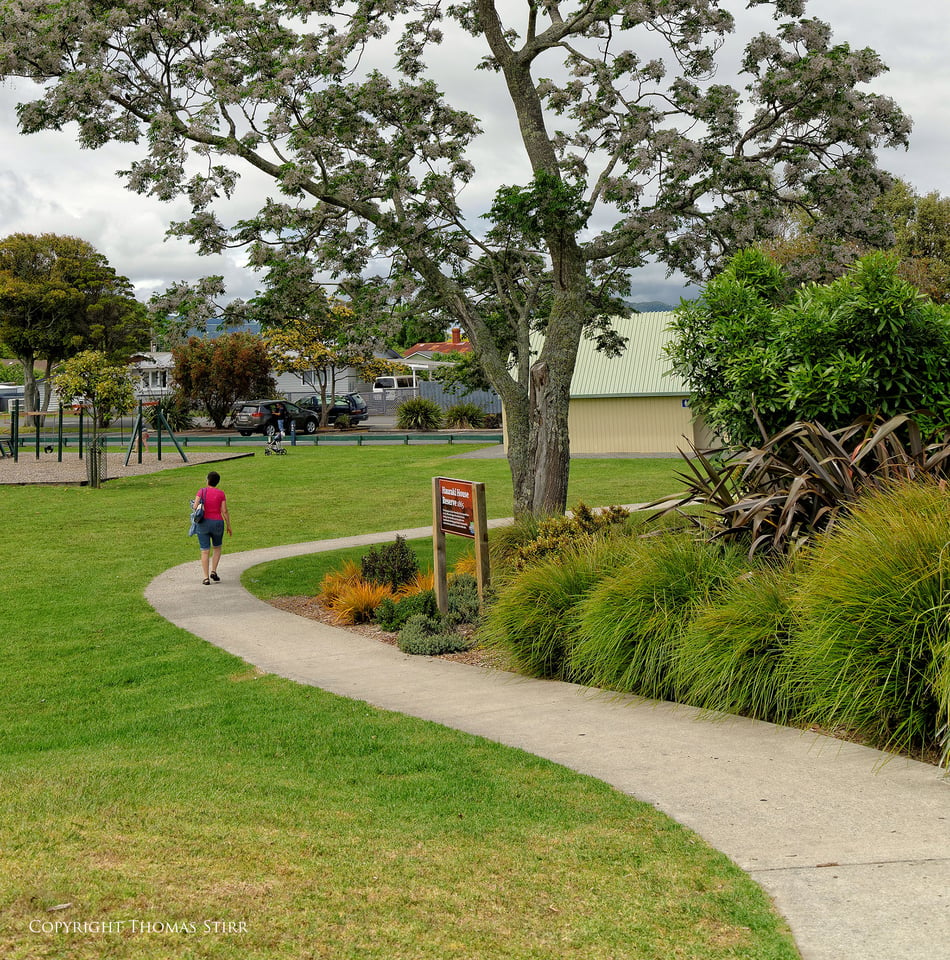
NIKON D800 @ ISO 100, 10/4000, f/8.0[/caption]
A leading line can undulate and form a softer entry point into an image. Our eyes are often attracted to groupings of three. Notice how the three red items in the centre of the above composition help to focus a viewer’s attention.
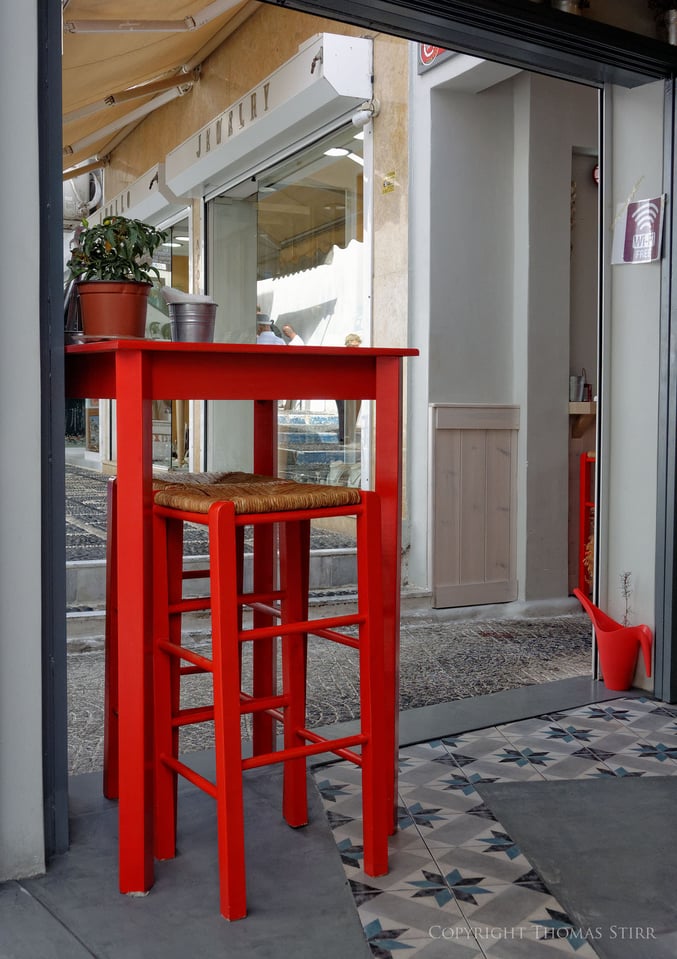
NIKON 1 V2 + 1 NIKKOR VR 10-30mm f/3.5-5.6 @ ISO 160, 10/1000, f/5.0[/caption]
Differences in texture or pattern naturally draw our attention and can form a leading line, even if it is not entering an image from the corner, as in the above image. The positioning of the bright red objects helps to accentuate the leading line composed of decorative floor tiles.

NIKON D800 + 16.0-35.0 mm f/4.0 @ ISO 800, 1/160, f/8.0[/caption]
Some leading lines, like the pathway in the above image, can start out as a broad perspective that quickly narrows. This acts like a visual funnel to draw viewers into the image. You’ll also notice the cropped portion of the tree truck in the right hand corner serving as a ‘corner anchor’ that helps to push eye flow into the image.
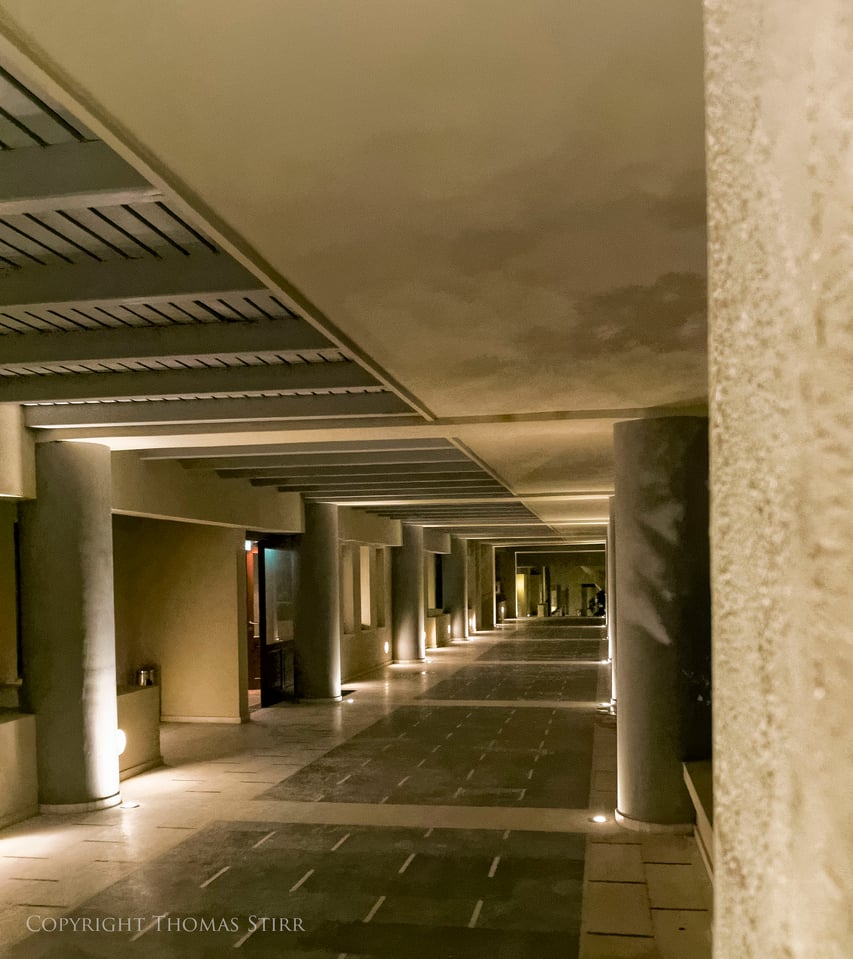
NIKON 1 V2 + 10.0 mm f/2.8 @ ISO 6400, 1/40, f/2.8[/caption]
Buildings often give us opportunities to frame images with leading lines entering from both the top and bottom corners as seen in the above image.
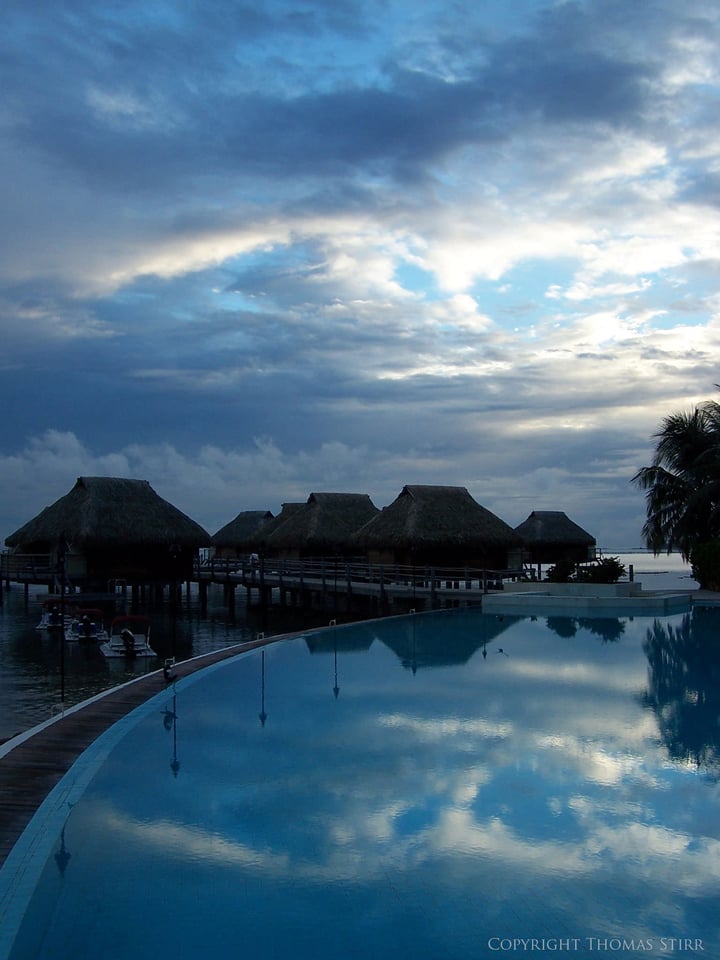
KODAK DX6490 ZOOM DIGITAL CAMERA @ ISO 80, 1/350, f/2.8[/caption]
There are times when a scene with very dramatic lighting can benefit from a leading line. In the image above the leading line stretching out from the bottom left corner helps to hold the subject down in the frame so it is not overpowered by the sky.

NIKON 1 V2 + 6.7-13.0 mm f/3.5-5.6 @ ISO 160, 1/125, f/5.6[/caption]
Our eyes are attracted to contrast and it can form a leading line just like the dark grey street stones do in the above image.

NIKON D600 + 16.0-35.0 mm f/4.0 @ ISO 800, 1/250, f/13.0[/caption]
We may also discover opportunities to combine natural and man-made elements to create a leading line. In the image above you can see how the triangular shape of the beach umbrella, the white tubing on the beach lounges and the natural curve of the beach have all been combined to create a leading line drawing the viewer’s eye to the building on the opposite side of the image.

NIKON 1 V2 + 6.7-13.0 mm f/3.5-5.6 @ ISO 400, 1/1000, f/5.6[/caption]
Colour, pattern and contrast can be combined to create a leading line like the chair’s cushion and arm in the above image. The combination of strong horizontal lines as well as the abrupt vertical separation of colours in the rest of the image create some ‘opposition’ and helps to accentuate the short leading line in the bottom left corner.
It is important to remember that there are a range of compositional factors that can come into play when creating an image, and not every image will have, or need, a leading line. When we can incorporate leading lines they can add interest to our images and help create eye flow.
Article and all images Copyright 2014, Thomas Stirr. All rights reserved. No use, reproduction or duplication including electronic is allowed without written consent.
Hi! definitely good photos! Where did you take the first and second photo?
Thank Liu – I’m glad you enjoyed them! The first and second images were captured in Nafplio Greece.
Tom
what does shutter speed 10/1000 means? Same as 1/100 or it is 10s + 1/1000?
Hello Hao Liu,
It is the same as 1/100. The web site uses a plug-in to create EXIF data and sometimes it displays the shutter speed in an unusual way.
Tom
The blurry pillar didn’t bother me at all; in fact I didn’t even notice it. I think that is one of the strongest images of the bunch, in fact. Others, such as the one with the red stool and red pitcher, and the Conservation House photos, left me sort of confused as to what the subject actually was. In the Conservation House image, my eye followed the curb right to the trash can on the pole, which seemed to distract from the rest of the image.
I like the one of the stone wall/balcony looking over the ocean, and while I don’t have a strong opinion about the arm of the chair, what I liked the most was what you pointed out — the stone wall, which creates another leading line to the distance. I also really liked the contrast in textures between the stone and the water.
Finally, I saw another leading line in the “Umbrella” image — the line of the deck chairs, which led my eye straight to the boat in the water. So it enhances the leading line of the spokes in the umbrella.
Great article with lots of good info and discussion — thanks!
Hi Colleen,
Thanks for your posting and input! I always find it interesting to learn what we see in images…what grabs us…and what doesn’t.
Tom
Also in the “a pattern in nature where a series of lines are converging” photograph why didn’t you set the ISO at 100/200 for a better quality of the image where you could easily have decrease the shutter speed that so fast (1/3200)?
Hi Hemal Shah,
Val asked that question a bit earlier (see the first question in the comment section)…please see my reply to him…posting 8)
Tom
Hi Tom,
In the 1st, 2nd and 3rd photographs of this article you used an aperture of f/5.6. Now, this kind of photographs demand as much as focus and depth of field you can get. So will I get a better result if I increase the aperture to say f/10 or more? Sure it will decrease the shutter speed but lets say I use a tripod.
Hi Hemal Shahl,
The first three images in the article were all shot with a Nikon 1 V2. This camera has a small CX sensor with a 2.7x crop factor. To get good depth of field with a 1 Nikon CX lens there is no reason to go beyond f/5.6, especially when shooting with a wide angle CX lenses like the 6.7-13mm, 10mm, or the 10-30mm.
You would actually hurt the quality of your images if you shoot with a Nikon 1 camera at f/10 because diffraction would be very noticeable at that aperture. This would make your images look a bit fuzzy and out of focus.
For best image quality with a Nikon 1 camera users should try and never shoot with an aperture higher than f/5.6 if at all possible.
Diffraction can be an issue with any digital camera using a high pixel density sensor. For example, I try to limit my D800 to a maximum aperture of f/11 and usually I try to only shoot at a maximum of f/8 or f/9 if I can help it.
Tom
Thanks. Always nice seeing some posts on something aside from the latest gadget. I check in every couple days and enjoy the posts.
Hi Glenn,
This week is ‘photography week’ and the whole idea behind it is to provide readers with a week full of articles about using gear…not reviewing it! We can all thank Romanas for a great idea!
Tom
Terrific article and, as always, super images to go with it :) I try to use leading lines a lot in my photography, so this resonates with me. Thanks Tom :)
Hi Sharif,
Glad you found the article useful, and thanks for the positive words!
Tom
Thomas,
Your articles are the best in this site. Well written with very good and simple examples for every one to understand.
Thanks much!
Arun
Hi Arun,
Thanks so much for your most generous words, much appreciated!
Tom
I have a question, not stictly related to this article. – Why when you refer to shutter speed is it expressed as say 10/4000 in photo 7, is this the same as 1/400 ??
Hi Rod,
The software on the blog automatically puts in camera details and sometimes expresses things in odd ways. You are correct, 10/4000 is 1/400.
Tom
Thank you Thomas for your concise article with a good range of easy to remember examples.
Hi Jim,
I’m glad you found the article of benefit!
Tom